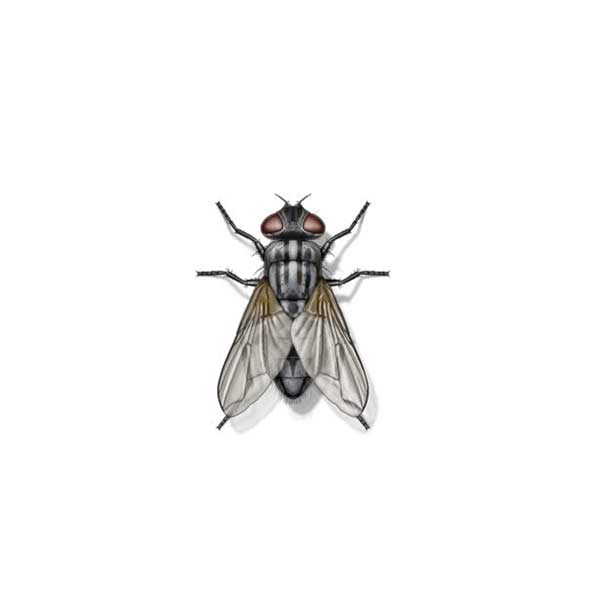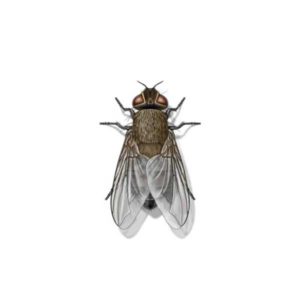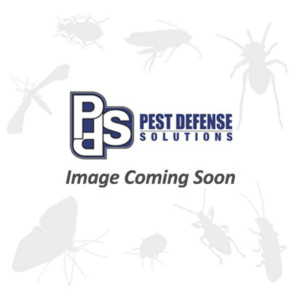House Fly Identification
House flies are similar in size and will also feed on anything from table scraps to decaying animals and even fecal matter. They are also major carriers of bacteria and disease. You can tell house flies apart by their non-shiny bodies with four distinct lines running the length of their abdomens. The average lifespan for house flies is typically less than a month, but females can lay multiple batches of up to 100 eggs at a time, so it’s possible to be overrun by multiple generations at a time if you’re not careful.
Signs of House Flies
Of course, seeing house flies is the biggest indication of an infestation. If you are hearing buzzing inside your home, you likely have a house fly problem. Another sign is seeing their eggs or larvae. Housefly eggs typically look like small grains of rice. Maggots are typically no bigger than 10 mm in size and are cream-colored with a greasy appearance.
House Fly Prevention
The first steps for removal involve locating and cleaning up the breeding site. This could be anything from an uncovered trash can to a deceased wild animal in an attic or basement. You can then attempt to eradicate adult house flies with bait, traps, or insecticide sprays. Often, Illinois and Indiana homeowners find it’s easier to have Anderson handle their fly control needs for them.
Need help with house flies?
We'll call you! Leave your information below.





